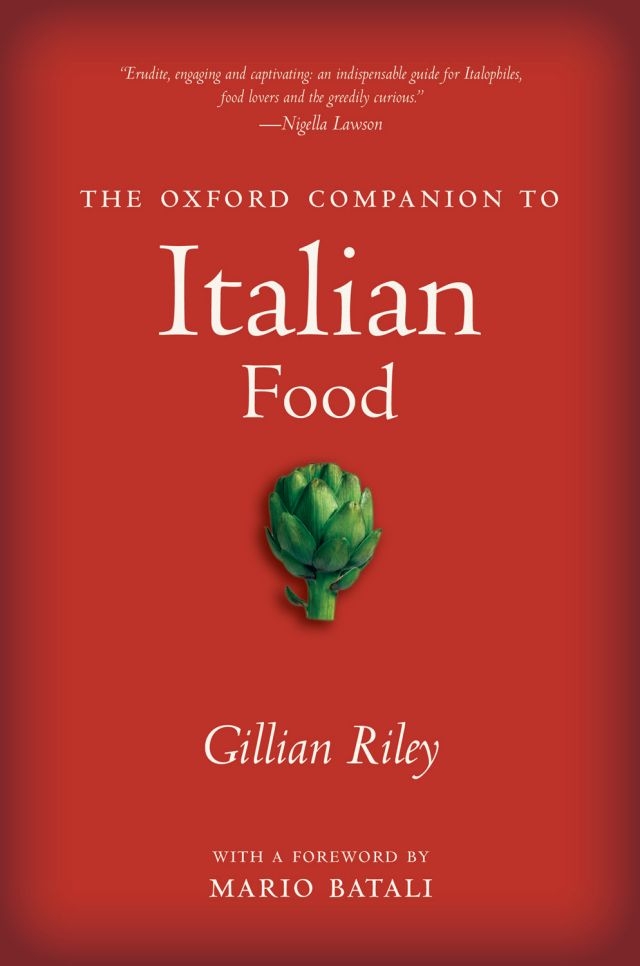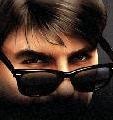By Christopher Hood, Desmond King, and Gillian Peele
Why are there now more salaried academic political scientists than salaried politicians in Britain today? There are well over 2,000 academic members listed in the current directory of the UK’s main political-science association (the PSA) – more than twice the number of elected members of the Westminster, devolved and European parliaments put together. But it has not always been so; a century ago, all of Britain’s ‘politics’ academics could have comfortably fitted into a small room.
Since then, and particularly in the later twentieth century, academic political science grew spectacularly. Indeed, the United States’ main political science association (APSA) is running out of cities with sufficient hotel space to host its annual conference, now attended by over 8,000 political scientists. As the subject has grown, its content has changed too, with the empirical study of government organization all but disappearing from mainstream political science research and teaching, the development of international relations and electoral studies as the two largest and most powerful subfields, and a notable drive to greater scientific ‘professionalization’ in the form of ever-more abstraction, quantification and a puzzle-solving rather than knowing-about style of scholarship.
So what accounts for this remarkable historical development? Political scientists themselves can be forgiven for putting it down to the inherent intellectual fascination and self-evident importance of their subject and to the value of its discoveries, such as the median voter theorem and collective action theory. But that is hardly an uncontested view; after all, the US Congress last year (after a long campaign by Republican Senator Tom Coburn of Oklahoma) narrowly voted to ban federal funding of any political science research projects not deemed essential for promoting the national security or economic interests of the United States – a restriction that was removed by a spending bill passed in January of this year. But even if Coburn and his political colleagues who voted for last year’s ban are wrong to think their country can do very well without most political-science research, it still prompts the question of why the academic study of politics should be so much more fascinating and important today than it was a century ago as to drive this notable expansion.

It seems obvious that part of the answer lies in the development of mass higher education over the past century, and the professorial population explosion that has gone along with it. But that does not of itself explain why political science grew as a field of research and teaching not just absolutely but relative to other subjects, such as languages, history or classics. A century ago in Oxford, Modern History was the one of the major launch-pads for those seeking careers in government, politics and public service, but it began to take a purer academic view of its mission, leaving a space into which PPE could move. And that was not an isolated development, as political science became more common as an educational background for politicians and bureaucrats. Indeed, at least one of Senator Coburn’s Republican allies in his battle against federal funding of political science research (Senator Jeff Flake of Arizona) has a graduate degree in that very subject.
What of the future? Will the rise and rise of political science over the last hundred years continue with a similar rate of growth in the present century, such that by 2100 there might be 250,000 or so academic political scientists facing the impossible task of finding contiguous hotel space for APSA’s annual conference? Will the growth slow down and change into some sort of stability? Or must what goes up come down, perhaps as a result of the kind of political reaction illustrated by the efforts of Senator Coburn and his colleagues?
Time will tell. Even after a century of such spectacular growth, there is no more agreement about what – or who – political science teaching and research is for than there was a hundred years ago. Is it curiosity-driven puzzle-solving science aimed at an international peer-reviewing professoriate? Is it to serve the practical needs of governments and bureaucracies, for example in promoting national security or national economic interests, as the UK’s ESRC now tends to expect? Is it to serve the citizenry and ‘civil society’ at large, as Oxford tried to do in the 1880s, with extension classes in ‘political science’, aimed at (then disenfranchised) women, trade unionists and working-class students interested in politics and political activism? Can political science continue to live with these contradictory views of its mission for another hundred years? Will one of those visions win out against the others? Or will the subject fragment further, for example by partly turning inwards to a purer academic orientation, as Modern History did in Oxford a hundred years ago and partly developing into more applied leadership training, such as that offered by Oxford’s new Blavatnik School of Government and other institutions like it? All of these are possibilities. But if the past is anything to go by, a stable equilibrium seems an unlikely future for this subject.
Christopher Hood, Desmond King, and Gillian Peele are the editors of Forging a Discipline: A Critical Assessment of Oxford’s Development of the Study of Politics and International Relations in Comparative Perspective. Christopher Hood, FBA is Gladstone Professor of Government at the University of Oxford and Fellow of All Souls College, Oxford. Desmond King, FBA is Andrew W. Mellon Professor of American Government at the University of Oxford and Fellow of Nuffield College, Oxford. Gillian Peele, FRHistS is University Lecturer in Politics at the University of Oxford and Tutorial Fellow of Lady Margaret Hall, Oxford.
Subscribe to the OUPblog via email or RSS.
Subscribe to only politics articles on the OUPblog via email or RSS.
Image credit: Oxford from above at sunset. © Andrea Zanchi via iStockphoto.
The post The politics of political science appeared first on OUPblog.




